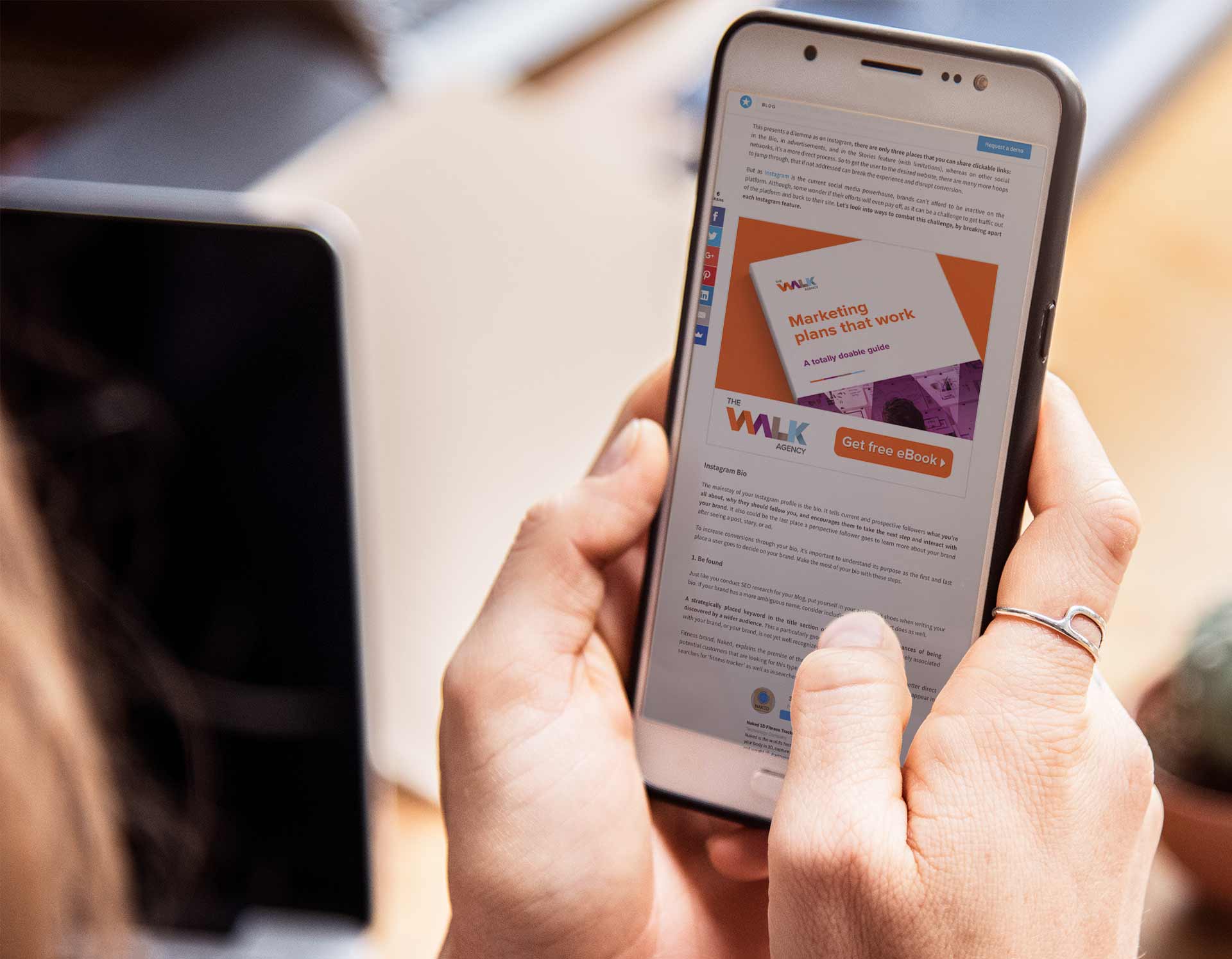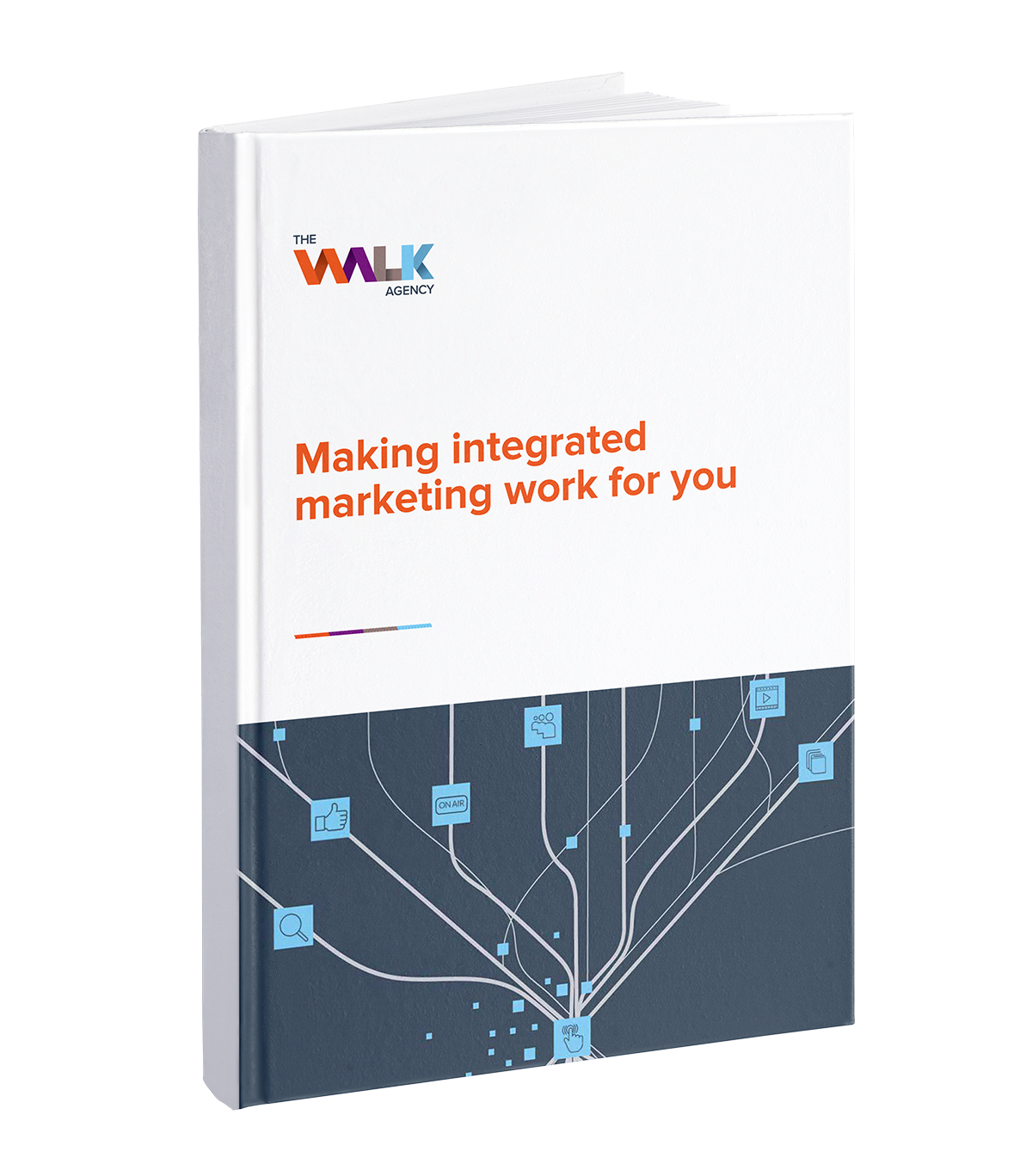Remarketing is one of the most powerful and cost-effective ways to re-engage and connect with non-converting website visitors.
Following on from our Top 5 tips to rock your remarketing – where we discussed the importance of defining your remarketing strategy – including correct tracking and audience lists set-up, we now want to offer you up 7 of the best ways to optimise your campaign.
1. Fine tune your strategy and tracking
Before you go charging into the wilderness, you need to have an idea of what you want to get out the journey. You need to be sure of your:
- Remarketing strategy – who are you aiming at and why?
- Tracking – have you got the right help to help you?
- Audience lists – are they up to date and segmented?
We talk about all this in our Top 5 tips to rock your remarketing article, so get up to speed there before you move on, traveller.
2. Rotate ads and messaging to avoid ad fatigue
Ad fatigue can affect even the most successful ad campaigns. You’ll have experienced it yourself; You check out an item or service on a site and the next few days the very same ad keeps turning up wherever you go.
Soon, you’re tuning the ad out and getting banner blindness! Seeing the same ad over and over again doesn’t embolden the message. If anything, the constant repetition of your message is going to have your campaign hurtling towards diminishing returns.
To combat this, make sure you’re reviewing and updating your ads frequently, introducing personalised messaging where relevant. If you run a wide range of ads during your remarketing campaign, your customers are less likely to experience ad fatigue. Also, using targeted ads will ensure they are more interesting to your customers.
3. Use ad frequency so that you don’t overtake your customer’s online activity
“
Saturating non-converted visitors with ads can become a big turnoff.
”
– Nick Cantor, Co-founder & Digital Director
Regardless of how often you rotate your adverts, if you’re bombarding your customers with invitations to return, you’re more likely to put them off your brand for life.
Remarketing is about staying top of mind with your audience.
Consider using frequency caps to ensure that your audience only has a defined number of ads thrown at them within a certain timeframe. They’ll thank you for it later!
4. Create a curated landing page
You’ve fine-tuned your audience list, they’ve responded to an ad/email and clicked the link. Great news, everyone! But, wait! What are they actually going to see when they click?
If your ad/email simply takes them to your website homepage, when they’re actually looking for a particular service or product, the chances are high that they’ll just go elsewhere. You may have already felt it before; that horrible sinking feeling as all that energy you siphoned into your remarketing campaign appears to have been for nothing. No one likes their time being wasted.
A bespoke post-click landing page helps maintain a consistent message and can eliminate all the clutter and distractions from your offer; allowing your customers to see exactly what they came to see.
If you don’t have the time or budget to create a custom landing page, that’s fine. By responding to your ad and email, you could just send your client directly to a particular product/service straight away. However, this may not have the same success rate as a purpose-built landing page.
5. Manage where your ads are shown
We’ve talked about the pitfalls of remarketing in the past and how you run the risk of submitting a campaign that’s ‘bland, repetitive, transactional and, at worst, just plain cheap.’ Platforms like Facebook and AdWords give you options to decide when and where your ads are shown. So, you really have no reason to get this wrong!
When running a remarketing campaign, it is important to curate where your ads are shown, ensuring the ads don’t appear anywhere that could create a negative association with your product/service. This is not limited to simply selecting the most suitable display network placements, but choosing the right sites based on your campaign strategy’s goals.
6. Don’t stop remarketing once the customer converts
Your remarketing worked and your returning customers have purchased a product or enlisted a service. Well done you!
However, does your remarketing campaign end as soon as the customer converted? You could be missing out on cross-selling to them. Make sure you create and remarket to a list of converted customers. Sure, you’ll reach a smaller group of your website visitors, but you’ll be able to remarket to them through a wider number of channels, making the experience a lot more personal. This will have the added bonus that your relationship with your customers will strengthen as they realise that you’re a brand they can trust.
7. Utilise all remarketing channels for an integrated campaign
Like all successful campaigns, it helps if yours is fully integrated. In our article, Integrated marketing: so much more to love, we discussed how keeping a consistent message across channels and communications, creates a synergy where the whole is greater than the sum of its parts; it’s not enough to send out ads via AdWords or Facebook.
The best strategies are the ones that work across a multitude of media where there’s no confusing disconnect along the way and which leaves a cohesive impression of your brand across all relevant media.
Take, for example, Melbourne Metro Trains Dumb Ways to a Die campaign to promote railway safety. True, it’s not a true product or service, but their campaign was something else. As well as the ad with its jingle that burrowed into your brain, Melbourne Metro launched a website, mobile app and educational material which kept their message in people’s minds.
8. Don’t forget to optimise!
You want to squeeze the best you can out of your campaign, so why not think about the following:
- Create a schedule to continually review and optimise your campaign to not only avoid ad fatigue, but to also catch opportunities as they arise.
- Critically review your campaign to find new opportunities, as well as identify things that are not working well that might require an update.
- Is the journey your visitors making from click to customer clear? Have you tested it? Why not? It’s a lot of questions to think about, but if you don’t know what your clients are facing, you’re never going to know if you need to flatten out any bumps along the way.
Optimisation of your rebranding budget is about optimising your campaign. Contact The Walk Agency today to discover how we can help you get there.





